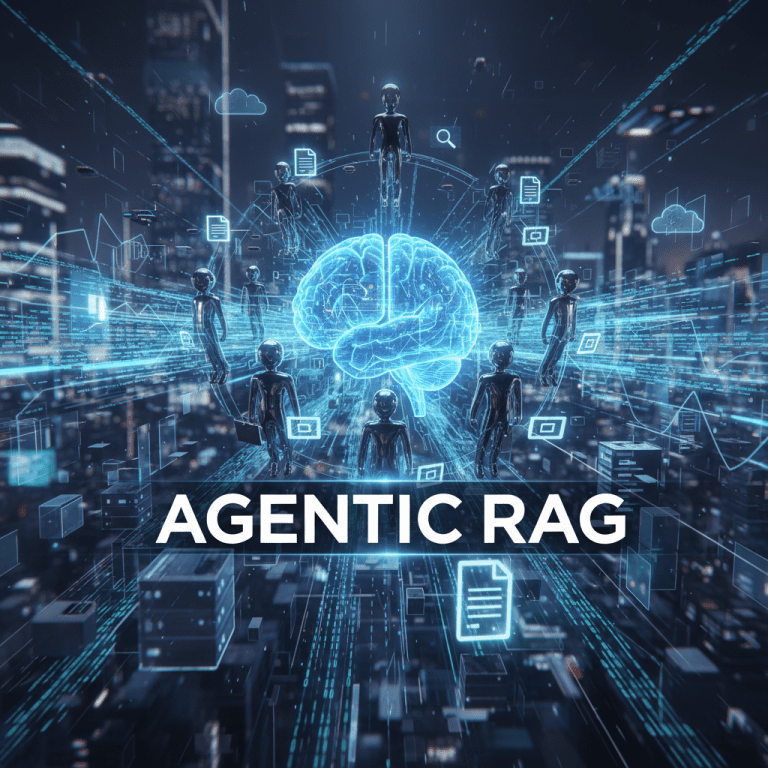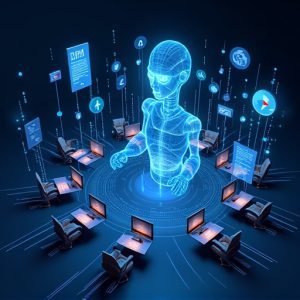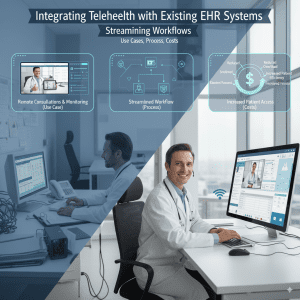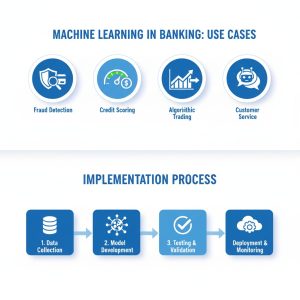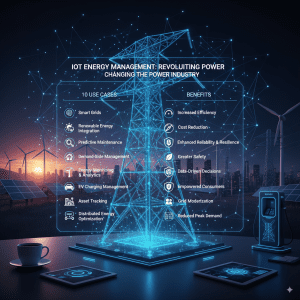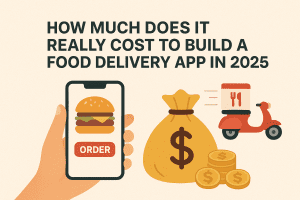Introduction
Agentic RAG is transforming the way organizations approach information retrieval, research, and automation by combining the power of retrieval-augmented generation (RAG) with intelligent, autonomous agents. This advanced AI framework empowers systems to reason, plan, use external tools, and learn over time, resulting in highly accurate and context-aware outputs. As modern enterprises face exponential growth in data, agentic RAG offers new ways to access reliable information, automate workflows, and create advanced virtual assistants—ushering in a new era of scalable, adaptive business intelligence.
What Is Agentic RAG?
-
Agentic RAG merges retrieval-based AI models with generative language models, empowered by autonomous agents that go beyond static query matching.
-
Agents can decide what information to retrieve, break down complex queries into sub-tasks, access external APIs, and synthesize data for comprehensive responses.
-
Unlike classic RAG, agentic RAG adapts to new data and context dynamically, leveraging iterative planning and feedback to continually improve output quality.
Key Features:
-
Autonomous decision-making and reasoning
-
Multi-step planning and query decomposition
-
Dynamic retrieval from diverse sources (databases, APIs, knowledge bases)
-
Enhanced accuracy, efficiency, and real-time adaptability
-
Continual learning and context management
Types of Agentic RAG
Agentic RAG systems employ several types of agents based on function and complexity:
-
Routing Agent: Directs queries to the most suitable RAG pipeline, using agentic reasoning to analyze tasks such as document summarization or question answering.
-
One-Shot Query Planning Agent: Breaks queries into independent sub-queries, executes them in parallel, and synthesizes unified answers.
-
Tool Use Agent: Integrates external tools and APIs for real-time or specialized data, enhancing generative responses.
-
ReAct Agent (Reason + Act): Iteratively reasons and interacts with multiple sources or tools, adapting its approach mid-task for the most precise result.
-
Dynamic Planning & Execution Agent: Manages multi-step and complex workflows, separating long-term plans from immediate execution. Utilizes computational graphs and orchestrates stepwise execution.
Applications in Real-World Scenarios
Agentic RAG offers transformative benefits across industries:
-
Enterprise Knowledge Management: Streamlines access to organizational data, enabling employees to make fast, informed decisions.
-
Automated Support & Virtual Assistants: Reduces workloads by providing instant, context-relevant answers in customer and employee support.
-
Healthcare: Improves patient insights and research capabilities with agents that gather and contextualize medical knowledge.
-
Legal Research & Finance: Accelerates analysis of documents, regulations, and market data with agents capable of domain-specific data synthesis.
-
Innovation & Research: Assists in synthesizing ideas, comparing multiple sources, and driving strategic initiatives through intelligent information retrieval.
How To Implement Agentic RAG
Follow these steps for building an agentic RAG system:
-
Define Objectives: Identify tasks suitable for agentic RAG, such as chatbots or automated research.
-
Choose Core Components: Select a retrieval system (e.g., dense passage retrieval, hybrid search) and a generative AI model (e.g., GPT, BERT).
-
Prepare Data: Collect, clean, and preprocess documents to ensure compatibility and maximize retrieval accuracy.
-
Build the Retrieval Layer: Index documents for fast, context-aware search.
-
Agent Integration: Introduce agents to orchestrate workflows—query planning, tool use, and multimodal integration.
-
Fine-Tune & Feedback Loops: Continuously refine models with user feedback and retraining to maintain high performance.
-
Deploy & Monitor: Set up APIs, real-time monitoring, and performance dashboards for ongoing optimization.
Key Tools:
-
LlamaIndex and LangChain for agent orchestration, reasoned workflows, and tool integration.
-
Low-code platforms like ZBrain for business workflows and rapid issue response.
Conclusion
Agentic RAG is redefining the landscape of AI-driven knowledge management, automating complex information retrieval, and powering scalable enterprise solutions. Its combination of multi-agent intelligence, context-awareness, dynamic adaptation, and modular flexibility gives organizations the tools to succeed in an information-rich, rapidly evolving market. Unlock the power of agentic RAG to supercharge research, virtual assistants, and automated decision-making.
Call-to-Action:
Explore how agentic RAG can optimize workflows and revolutionize information access—connect with AI experts today to get started on a future-ready solution!
FAQ
What is Agentic RAG?
Agentic RAG is a framework that empowers AI agents to retrieve and use external information, plan multi-step workflows, and generate intelligent, context-aware responses far beyond classic RAG capabilities.
How does it differ from traditional RAG?
Agentic RAG adds autonomous reasoning, multi-task orchestration, and external tool use—enabling more accurate and adaptable information synthesis.
What are the main benefits for enterprises?
Benefits include scalable automation, enhanced data accuracy, personalized user experiences, and efficiency with reduced costs and improved decision quality.
What are common implementation challenges?
Challenges involve complex system integration, managing data quality, ensuring scalability, and maintaining real-time performance.
Which platforms support agentic RAG development?
Popular frameworks are LlamaIndex, LangChain, and low-code platforms like ZBrain, offering flexible workflow design and seamless data integration.
The Real Benefits of Hiring a React Native App Development Company
